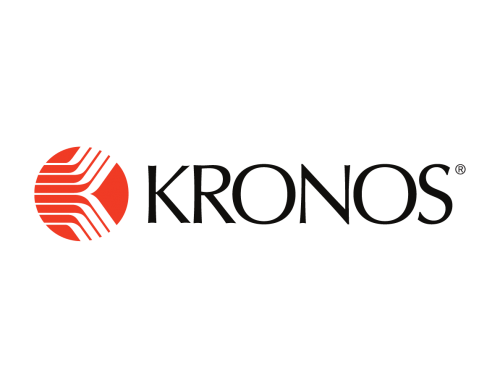The Australian workforce looks different than it did in the past and the mindset of employees is changing. Gone are the days of the regimented 8 to 5 work schedule, as workers move away from more traditional permanent arrangements and opt for hours that suit their individual needs.
According to data from the Australian Bureau of Statistics, the Australian labour force population has grown close to 11.5 million in 2016, seeing the number of Australians employed part-time rise by 14% since 2011, while the number of full-time workers only gained 4%. This shift indicates the strengthening of Australia’s ‘gig economy’, demonstrating there is no longer a ‘one size fits all’ approach for employers or employees.
While casual employment does provide significant benefits regarding flexibility, it does present a level of long-term uncertainty as there is often minimal contractual commitment. For organisations that thrive off casual work, this highlights the need to implement sound retention strategies. Here are a few ways you can help retain your casual employees.
Cultivate culture in the workplace
With sporadic shifts and time often spent between various locations, naturally, a disconnect can be felt within a casually-driven organisation. There needs to be focus placed on building rapport between all employees. Every employee wants to feel valued and accepted in the workplace. By creating an open, communicative and safe environment, your employees will feel more comfortable expressing their ideas and opinions. Ensure your staff remain engaged with the organisation, through regular and transparent communication. Staff retention typically improves after ShiftMatch is implemented, as the consistent and improved communication helps contribute to the overall sense community amongst casual workers. When staff feel respected and part of a community, they are more productive and likely to remain happy in the workplace
Offer flexibility and work-life balance
Casual workers are no longer limited to students working in hospitality or retail; instead, increasingly many casual workers are those with extensive experience in their industry, who are seeking a more flexible work life. ShiftMatch helps by providing casual employees with greater control over the hours they want to work. It allows employees to pick up as much or as little work as they require, and to only be notified of the shifts they want. The ability to align work preferences without prejudice fosters the growth of trust amongst employees, as they no longer feel pressured to accept shifts that aren’t right for them. Building a trusting relationship between workers and the organisation ultimately leads to higher levels of retention and productivity.
Train staff and foster personal development
Training casual employees is an effective retention strategy, as it makes them feel valued. It is also critical to the success and efficient operating of an organisation. There is no way your employees will be able to improve their work-based performance without the necessary tools to do so. Take the time to teach staff member how to use the systems, like ShiftMatch, within the organisation, as it not only empowers them through learning but it gives them the advantage to take ownership over their schedule. It’s also important to educate your employees on the latest industry news, trends or software updates. This flow of communication will leave your team feeling knowledgeable and re-energise the workplace.
Provide feedback and recognition
Every staff member wants to feel that the organisation values their work. It’s important to be aware of how they are performing both at an individual and team level. Ensure to regularly check-in with your casual employees to discuss performance and how they are experiencing the workplace. Managers then have the chance to identify areas where they may need assistance, support or even further training. Considering the irregularities a casual roster can present regarding location and hours; these check-ins can instil a deep level of belonging to casual employees and therefore increase the likelihood of retaining staff.
Did you know that staff retention typically improves after ShiftMatch is implemented? Contact us here to find out how we can help you reach your organisational goals.






Leave A Comment